How Portal 2 Redefined Cooperative Gaming
How Portal 2 Redefined Cooperative Gaming
In the evolving landscape of video gaming, Portal 2 stands as a monumental title that reshaped the approach to cooperative gameplay. Released by Valve Corporation in April 2011, Portal 2 significantly expanded on its predecessor’s mechanics and lore, drawing players into its deep narrative and innovative puzzle design. This article explores how Portal 2 redefined cooperative gaming through its unique mechanics, compelling storytelling, and the complex interplay of its dual protagonists.
Innovative Mechanics and Design
Portal 2’s introduction of cooperative gameplay brought forth a new dynamic not commonly seen in puzzle games. By incorporating dual-character interactions, Valve successfully engineered a platform that demanded true collaboration. The co-op mode, distinct from the single-player campaign, required players to assume the roles of two robots, ATLAS and P-body, each equipped with their own portal gun. This design embraced the complexity of the game’s mechanics, pushing players to think not only for themselves but in tandem.
A major innovation was the introduction of mechanics that required immediate and synchronized actions, thus fostering communication and strategic planning between players. Many puzzles built upon the core portal mechanics, introducing new elements like Excursion Funnels and Hard Light Bridges, requiring players to strategize their moves and understand the shifting dynamics of the cooperative world. This shift in design philosophy placed emphasis on teamwork over individual skill, marking Portal 2 as a landmark in cooperative gaming.
Communication and Teamwork
A hallmark of Portal 2’s cooperative aspect is rooted in its emphasis on communication, a fundamental pillar in any teaming endeavor. Unlike many multiplayer games that prioritize competitive gameplay, Portal 2 necessitated the cultivation of a symbiotic relationship between players. The game’s levels frequently incorporated puzzles that could not be solved without verbal coordination and planning. Players naturally adopted strategies such as splitting responsibilities, with one focusing on setting the portals while the other managed the manipulation of game elements like cubes or buttons.
Beyond verbal communication, Portal 2 featured an in-game ping tool that provided a non-verbal means of coordination, allowing players to highlight areas of interest or specific elements that needed attention. This innovation allowed for more fluid gameplay, especially useful when playing with strangers or in scenarios where verbal communication was hindered.
Compelling Storytelling and Character Dynamics
Portal 2’s co-op mode unfolded a parallel narrative that dovetailed with the main single-player story, providing deep lore and an engaging storyline without overshadowing the original narrative. ATLAS and P-body were not just mindless character models; they had personalities and were subject to GLaDOS’s sarcastic commentary throughout the game. This added layer of storytelling enriched the gaming experience, creating an emotionally engaging atmosphere that made teamwork feel rewarding and integral to the narrative.
Valve’s mastery in storytelling was evident in how it treated ATLAS and P-body. The humorous yet occasionally dark commentary of GLaDOS, who monitored and guided the robots, created a narrative tension that motivated players to progress, not purely for the challenge, but to uncover more of the story.
Multilayered Challenges and Rewards
Portal 2 succeeded in constructing multilayered puzzles that required both logical reasoning and creative problem-solving capabilities. As players advanced through the different chambers, they encountered increasingly complex puzzles that demanded higher levels of cooperation and planning. This scaling of difficulty ensured that players remained engaged, gradually mastering the mechanics and fostering an ever-deeper camaraderie.
Completing these challenges rewarded players not only with progression through the game but also with a sense of accomplishment derived from overcoming obstacles through teamwork. The clever design made success feel organic and player-driven, reinforcing the game’s cooperative spirit.
Community and Cultural Impact
Portal 2 left a lasting legacy on the gaming community, not only through its innovative gameplay but also by fostering a culture of collaboration. The game’s success sparked a wave of user-generated content, facilitated by Valve’s release of the Perpetual Testing Initiative. This enabled players to design and share their own test chambers, extending the game’s replayability and further embedding cooperative puzzle solving within the community.
Moreover, Portal 2’s impact transcended gaming, influencing other media and inspiring discussions on cooperative mechanics. Its unique humor, challenging gameplay, and the iconic characters of GLaDOS, ATLAS, and P-body became cultural touchstones, referenced across various platforms and inspiring a new generation of cooperative game design.
In conclusion, Portal 2’s inventive approach to cooperative gaming set a new standard in the industry. Its seamless blend of mechanics, communication, and narrative forged an experience that was as intellectually stimulating as it was entertaining. By successfully integrating these elements, Portal 2 carved out a niche that encouraged teamwork and mutual triumph, paving the way for future titles to explore the depths and potential of cooperative gameplay.
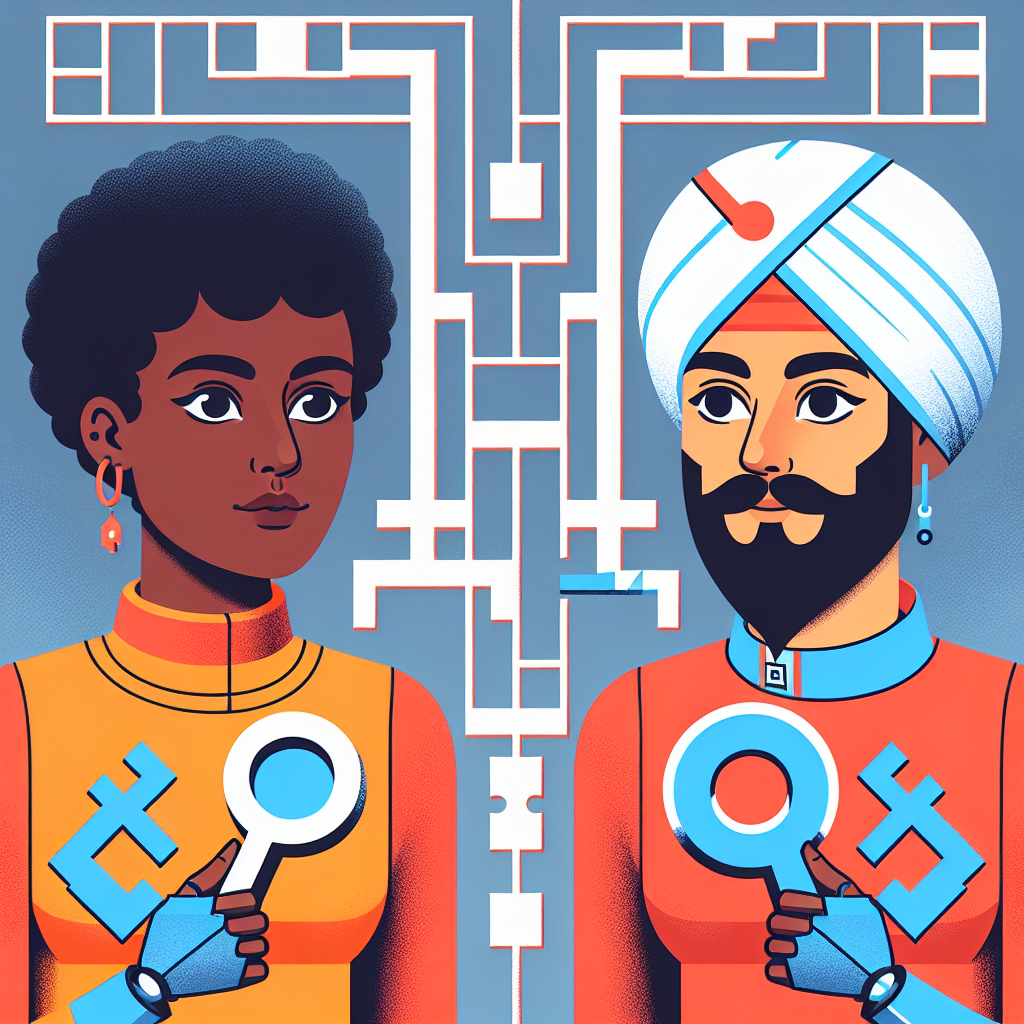
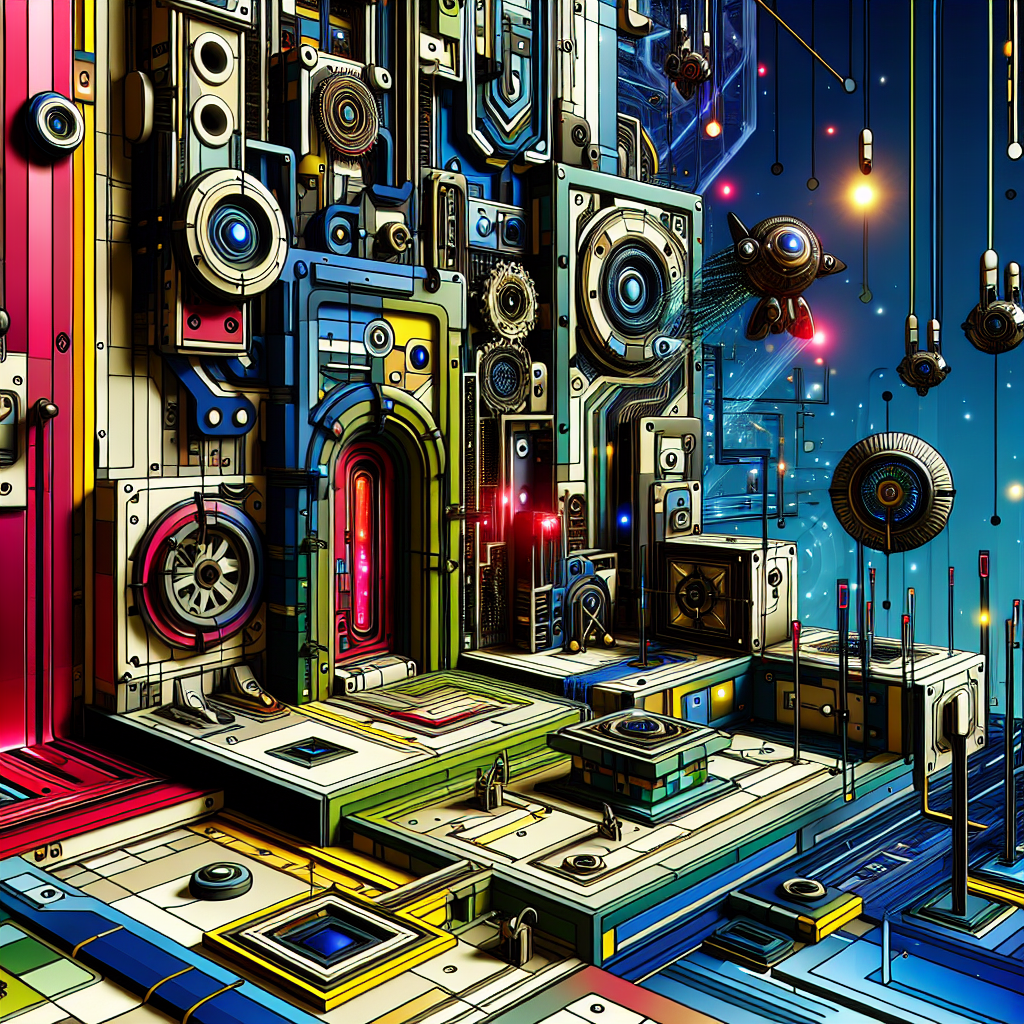
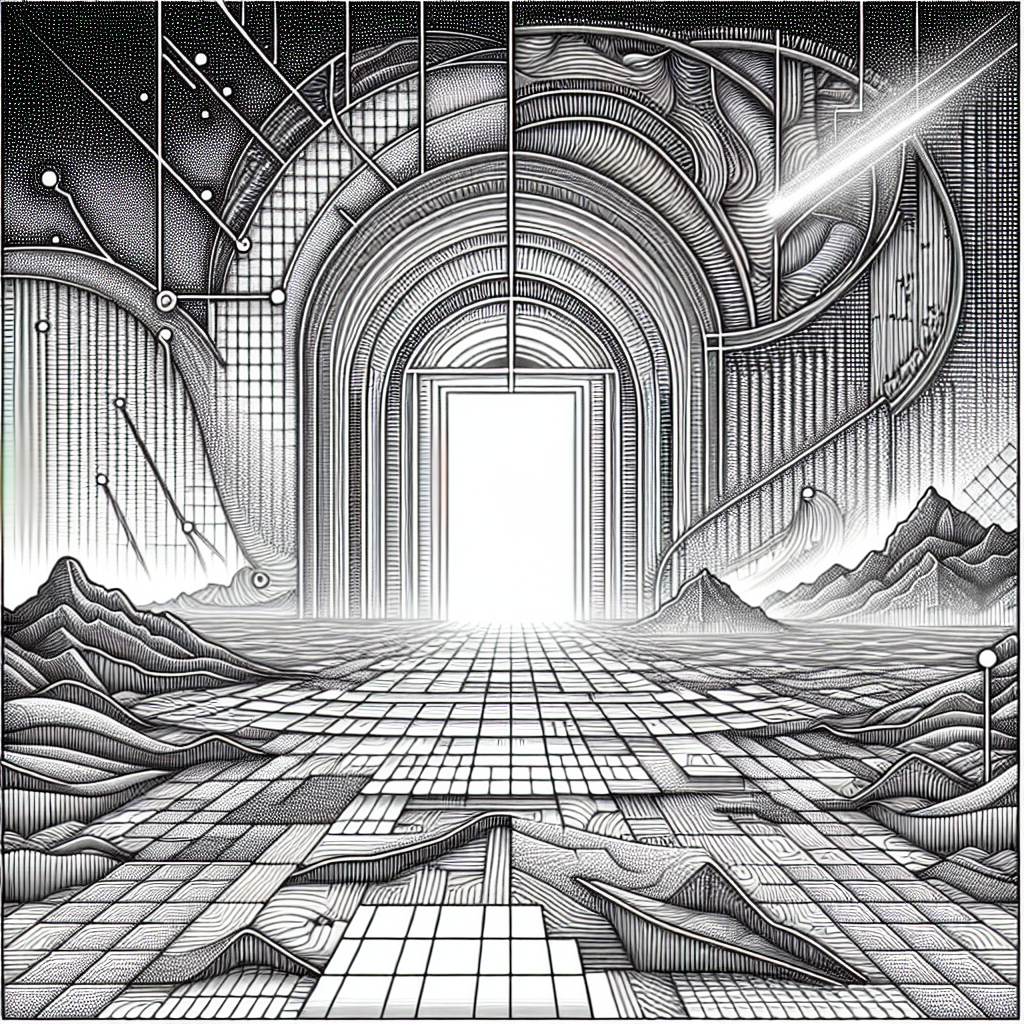
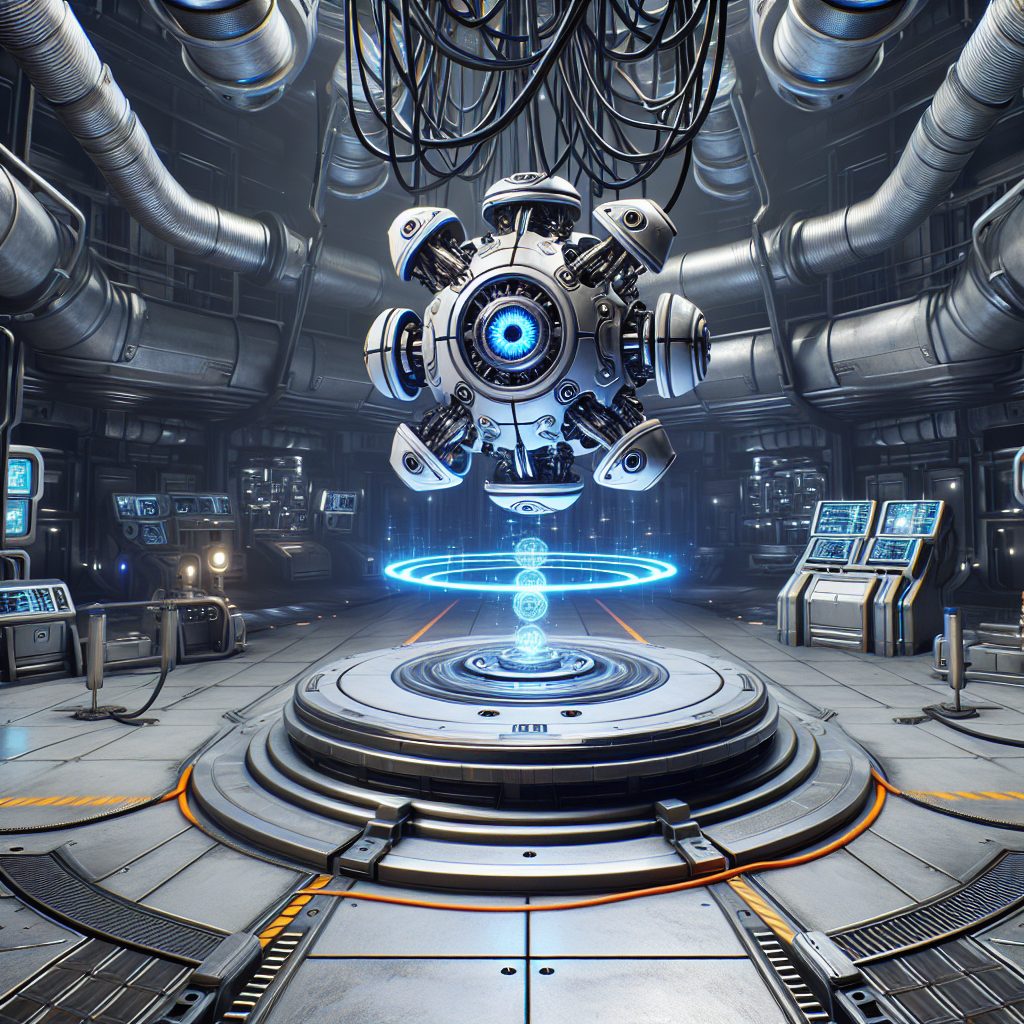
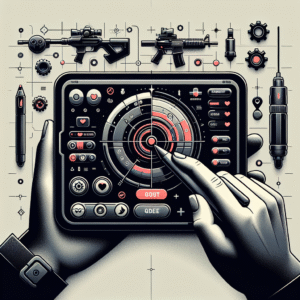
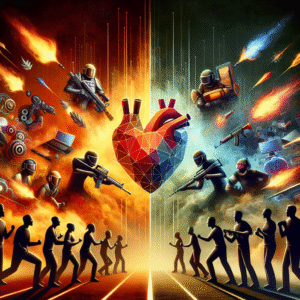

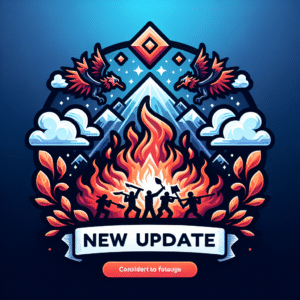
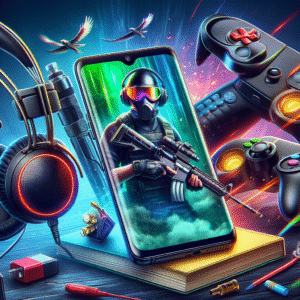
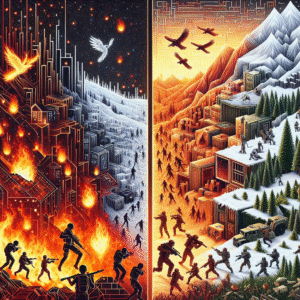
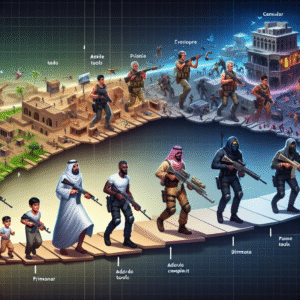
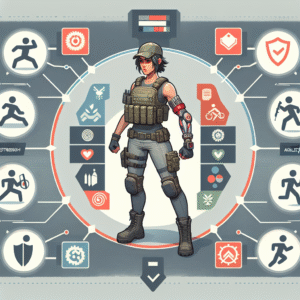
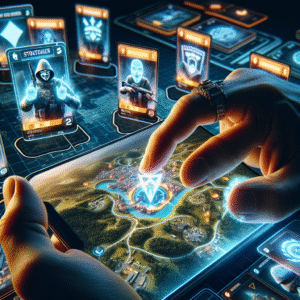
Post Comment